PBL Assessment: Real World and Real Stakes

I want to paint a scene that I’m sure is familiar to all of you. Four judges sit casually on a couch, pen and paper in hand, listening discernibly to a speaker who pitches his idea for the latest breakthrough product. On this episode, a humble farmer from Arcadia, Florida shares his idea to lower costs associated with tree irrigation. His ‘Tree-Pee,’ a simple and portable irrigation system uses just 800 gallons of water (as opposed to 25,000 gallons typically used) to cultivate trees. Surprisingly, it also yields a 30 percent increase in growth. His product is judged by real-world experts and solves a real-world problem.
On the other side of the country, a similar story unfolds. This one involves university doctorates from Stanford and rocket fuel.
Enter the Mojave Desert, a barren landscape apart from the sparse vegetation, and a humble group of ninth graders from High Tech High in San Diego. They are making their tenth attempt to get a rocket 100,000+ feet in the air. In the process, they have connected to nearby physics and engineering clubs, international organizations, and, most fortuitously, expert professors and students in the aeronautics division at Stanford. Before the launch, students ‘pitch’ their rocket design to this panel of experts. They discuss the numerous iterations they underwent after failed attempts. And finally, they reference the number of community resources they tapped into to perfect their design. And in the same way that the humble farmer impressed the billionaire ‘sharks’ in ‘Shark Tank,’ these 14- to 15-year-old students discuss physics concepts that even the doctoral students find baffling.
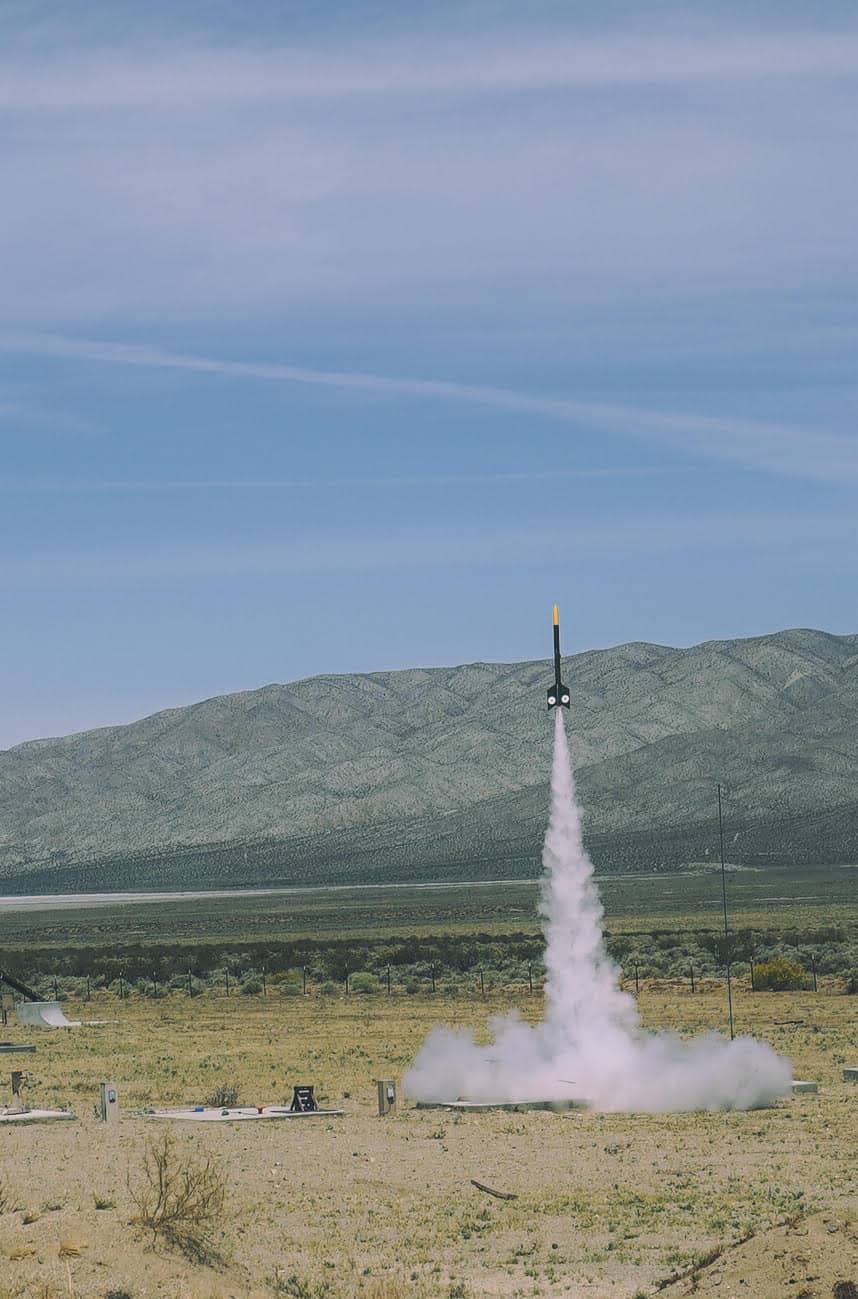
Project-Based Learning (PBL) Assessment
The scenarios I described above are project-based learning (PBL) assessment at its best. There are no grades, no ‘certificates of completion,’ no factoring in the experience to overall G.P.A. Only students, expert mentors, and a challenge that drives students to work late into the night to complete. As Brian Delgado, the lead teacher from High Tech High, succinctly states, “It’s real work that leads to real dialogue…which is real assessment.”
Ask Brian ahead of time where he thought the project would lead, and I’m sure it wouldn’t be on a launch site in the middle of the Mojave Desert. But that’s where the project took him, because that’s where the students wanted to go. Along the way, his students reflected, self/peer assessed, reiterated, gained insight from community experts, and consulted additional resources to fulfill their initial challenge.
You, too, can create these kinds of authentic experiences for your students. Creating high quality PBL assessment begins with answering these crucial five questions:
Question #1: Why is it important for students to engage in this learning experience?
Students are desperate to get involved in work that matters. The ‘Wicked Focus’ student enterprise (learn more about EdCorps) began by observing high degrees of stress and anxiety on campus. To solve the problem, a group of freshmen began designing and creating 3D-printed fidget toys, including the ‘focus clicker,’ the ‘focus burger,’ and my personal favorite, the ‘focus wheel,’ a wheel that spins seamlessly with a simple spin of the fingers. With each of these products, students gained real feedback with real users. These users gave them immediate feedback on important business concepts such as price point, supply and demand, marketing, and scale because they cared about what they were doing. They knew what they were doing was important.
Question #2: Who will students present and share their work with?
If students are creating a product, presentation or design that solves a real world problem, chances are they are going to need to present to a professional audience. Zoe Randall and Lacy Szuwalski, two project-based learning assessment consultants for San Diego County Schools, put this principle to practice with students as young as five. Kindergarteners at Sunset View Elementary, in partnership with the San Diego Zoo, helped to improve animal living conditions through student designed artwork, research, and dioramas of ‘ideal habitats’ to present to the local zookeeper. As Zoe mentions, the kindergarteners’ growth was “pretty significant.” Students documented their real-world learning in online portfolios using Seesaw and reflective questions developed by their teacher.
Who in the community might your students share their work with? How might you use these professionals to help students improve and get their work into the real world?
Question #3: What IMPACT will students be able to make?
While it may be tempting to create hypothetical situations/challenges (i.e., you have traveled to Mars and must now find a way to grow food on the planet) for students, at some point, their end products may not be useful in the real world. It will serve as yet another ‘simulation’ that confines students to the four walls of the classroom. Instead, take the approach used by the Jane Goodall Institute called ‘Community Mapping.’ In this community-centric approach, students map problems/challenges that exist within their community. By using the community as the starting point for PBL, students can be assessed by those they seek to serve. Here are examples of two community maps created as part of that challenge:
Question #4: What skills must students acquire to be successful in the project?
In authentic PBL assessment, students are assessed on the skills necessary for the project, NOT the curriculum. Assessing according to the curriculum means taking a topic like renewable energy and asking students to create dioramas, backboards, research papers, and models to demonstrate their learning. Assessing according to the project involves asking students to acquire academic skills as part of helping solve the problem. At Futures Academy in Beijing, when students were asked to use data to create a positive impact on a local waterway, they had to learn about water salinity, temperature, pH, local industry, qualitative and quantitative data analysis, and informative writing to solve the challenge. To support them, teachers worked in integrated teams across science, humanities, math, and technology to devise rubrics, experiences, and milestones to help assess that learning. (See a sample rubric for the project.)
Question #5: How will I assess their learning?
Think about a project you have completed outside of school. Perhaps it was a remodeling project of your old bathroom; taking apart an engine to replace a head gasket; or planning a wedding on a limited budget. How were you assessed? In the case of the remodeling project, you probably had parameters dictated by the city. In the small engine project, you were assessed by an engine diagnostic test to determine how well the pistons were firing; in the wedding project, by how happy you made your partner, or by how much money you saved. We should assess students using the same real-world parameters. Make assessment an ongoing dialogue. Plan backwards and create milestones that provide a chance for students to present their learning and gain insight. Use experts as sounding boards for student ideas. And, most importantly, create time for students to reflect both internally and with peers.
The Classroom ‘Shark Tank’
Just like the infamous ‘Shark Tank,’ real PBL assessment involves high stakes and real-world outcomes. Nobody becomes a PBL ninja overnight, but by devising meaningful experiences, providing real-world audiences, connecting students to the community, infusing rigorous academic skills, and using ongoing reflection and feedback tools, you will be one step closer.
For more, see:
- Project-Based Learning Connects Real World With Deep Impact
- 5 Ways to Personalize Learning with Project-Based Learning
- Students Learn Project Management From HQPBL Experiences
Stay in-the-know with innovations in learning by signing up for the weekly Smart Update.
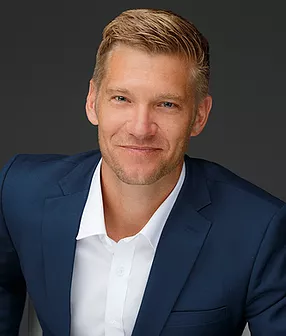




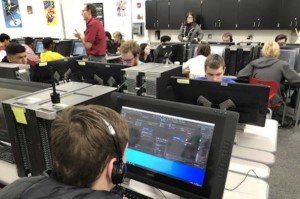
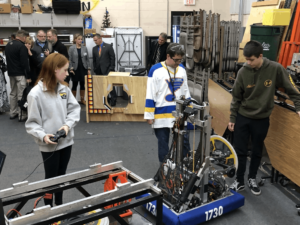
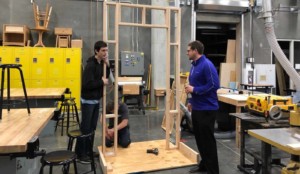
0 Comments
Leave a Comment
Your email address will not be published. All fields are required.